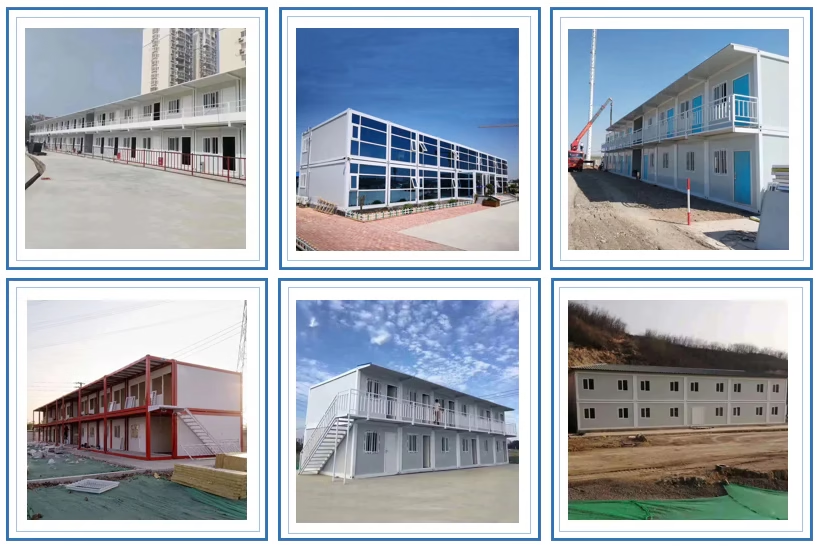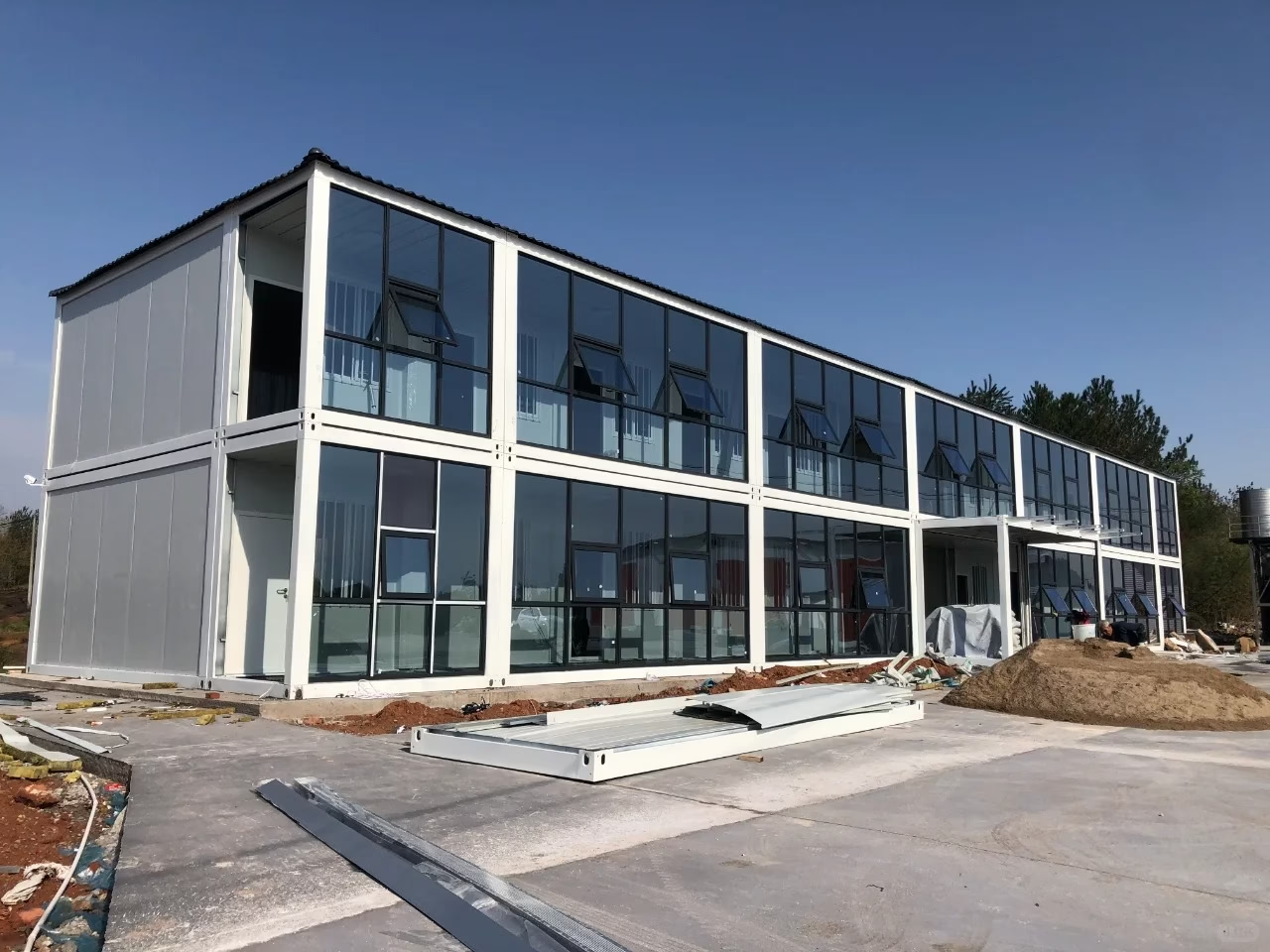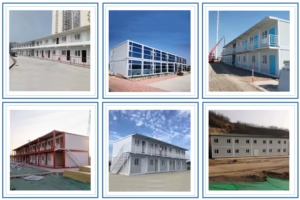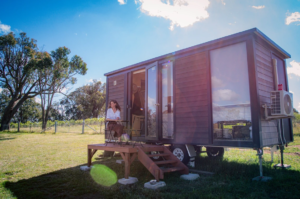In this analysis, we will take a detailed look into the factors below when deciding whether to reside in a shipping container home (not for construction use) or build a conventional house.
① Purchase Cost
Shipping Container Home:
The pricing varies based on customization, materials, size, configurations, etc. As a point of reference, a foldable container house of 3 by 6 meters equipped with appliances, double glazed windows, and other integrated devices can be purchased for around 8,500 RMB. Customized high-end versions get pricier, however on the whole, container homes are more affordable.
Traditional House:
The purchase cost factors in land fee, construction materials, design, and building. In most cases, land emerges as the most significant cost especially in the city. With the addition of a standard construction package—designated with construction of the building’s shell, heating, plumbing, electricity, and HVAC, the price settles at roughly 880 RMB per square meter. Again this is a rough estimator, and prices differ from region to region as well as in project details.
② Renovation and Modification Cost
Shipping Container Home:
Some renovation is needed to make the space livable, such as infrastructure installation, wiring, and plumbing adjustments. Costs usually range from 20,000 to 30,000 RMB depending on the quality and complexity of the renovation.
Traditional House:
Renovation costs are generally higher due to more extensive work such as foundation building, wall treatment, flooring, and complete water and electrical system installations. Costs can range from tens of thousands to several hundred thousand RMB, depending on the size of the house, design preferences, and material choices.
③ Lifespan and Maintenance Cost
Shipping Container Home:
Has a relatively shorter lifespan but offers high mobility and flexibility. Maintenance costs are lower but require regular inspections and repairs to prevent corrosion and damage.
Traditional House:
Has a longer lifespan but is more costly to relocate or modify. Over time, maintenance costs increase due to necessary repairs, renovations, and equipment upgrades.
④ Other Considerations
Container homes have environmental advantages, as they repurpose used shipping containers and reduce the need for raw materials. However, they generally offer less space and may require creative redesigns to ensure a comfortable living environment.
Traditional houses provide better living comfort and more spacious layouts but may have a larger environmental footprint. In terms of upfront purchase cost, container homes are usually cheaper. However, when renovation and modification costs are considered, the gap may narrow. Regarding lifespan and maintenance, traditional houses last longer but are more expensive to maintain, whereas container homes are easier to move and maintain but may not last as long.

Conclusion:
Living in a shipping container (for non-industrial purposes) is typically cheaper than building a house in terms of initial purchase cost. However, long-term use and maintenance may require more careful consideration. Ultimately, the decision depends on individual needs and circumstances.
✨ Explore our high-quality products – Get a free quote instantly or a personalized custom solution tailored to your needs!
📱 Chat on WhatsApp:+86-13081655379
▶️ Watch product videos on YouTube: WeiFang Carterhouse
Start your order today and enjoy expert support!



